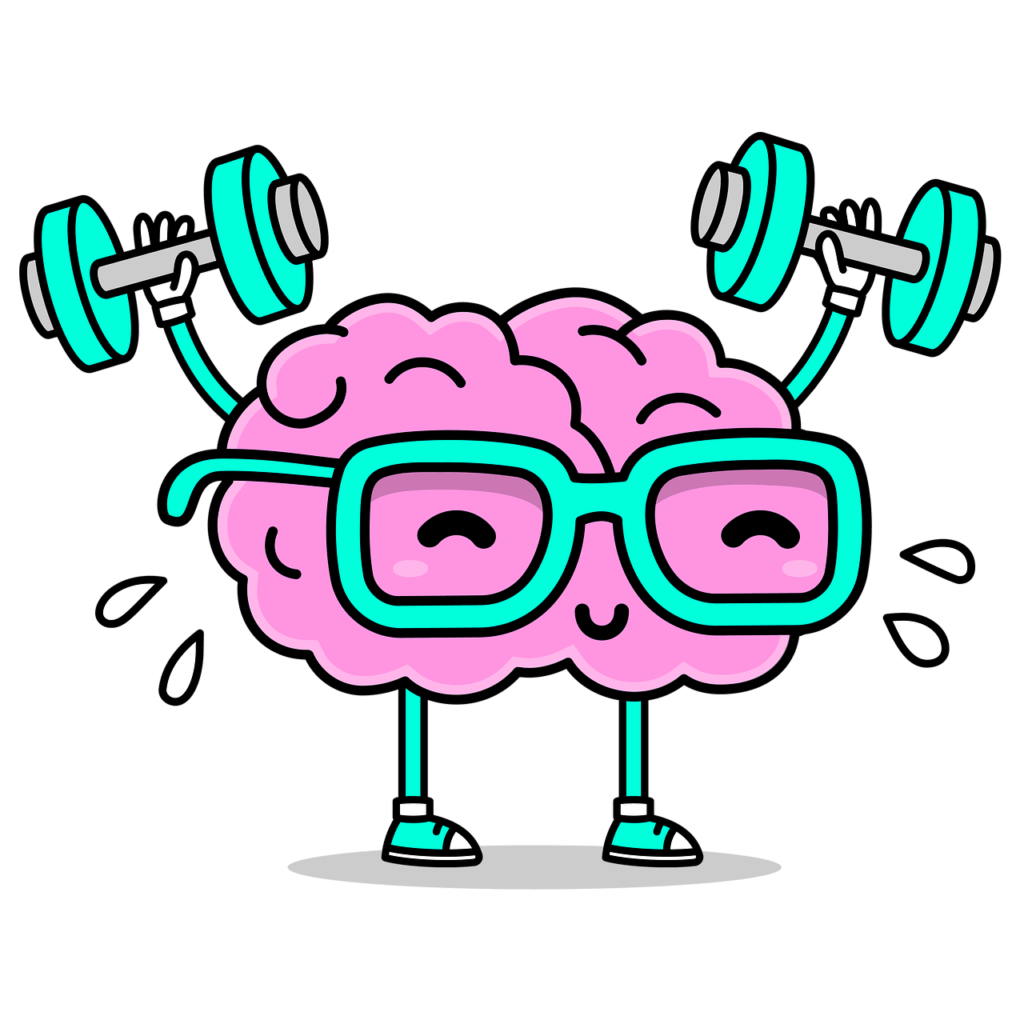As we celebrate Mental Health Month, it’s a fitting time to delve into a topic that profoundly affects our well-being: the sense of belonging. In today’s fast-paced world, our mental health often takes a back seat, but understanding how a sense of belonging can impact it is essential. This blog post takes you on a journey through the complex interplay between belonging and mental health, revealing how cherishing connections can significantly contribute to our mental well-being. Plus, I’ve got some practical micro-actions at the end to help you kickstart your journey towards better mental health.
Why we all need to belong
Belonging is a fundamental human need, just as critical as food, water, and shelter. It’s rooted in our evolutionary history (Baumeister & Leary, 1995). Throughout the ages, humans have relied on group cohesion and social bonds for survival. In a contemporary context, belonging extends beyond mere survival; it encompasses the need for emotional support, connection, and community (Walton & Cohen, 2011).
Belonging boosts mental health
Numerous studies have underscored the profound influence of belonging on mental health. A sense of belonging has been linked to lower rates of anxiety and depression (Lee & Robbins, 1995). In a study published in the “Journal of Abnormal Psychology,” it was found that individuals who felt a strong sense of belonging reported lower levels of depression and anxiety (Hagerty et al., 1996). The research emphasized the importance of social connections and the protective role they play in mental well-being.
The dark side of social isolation
Conversely, social isolation, which can arise from a lack of belonging, has been identified as a significant risk factor for mental health problems. Prolonged isolation can lead to a range of issues, including depression, anxiety, and even cognitive decline (Hawkley & Cacioppo, 2010). A study published in the “Proceedings of the National Academy of Sciences” found that chronic social isolation can trigger changes in the brain, leading to increased stress and decreased cognitive functioning (Cacioppo et al., 2006). This underscores the critical role that social connection plays in maintaining mental health.
Your brain on belonging

Belonging is more than just a psychological concept; it has physiological roots as well. Neuroscientists have discovered that the brain responds to social connections in profound ways. Oxytocin, often referred to as the “love hormone,” is released when we feel a sense of belonging. It fosters trust, empathy, and bonding, further strengthening our connections with others (Kosfeld et al., 2005). Additionally, belonging activates the brain’s reward centers, which are associated with feelings of pleasure and well-being (Lieberman & Eisenberger, 2009).
Navigating the digital age of belonging
In the age of social media, our definition of belonging has expanded to include online communities. While these virtual spaces can provide a sense of connection and belonging, it’s essential to recognize the potential downsides. Studies have shown that excessive use of social media can lead to feelings of loneliness and reduced self-esteem (Primack et al., 2017). Striking a balance between online and offline connections is crucial for maintaining mental health.
Belonging in a diverse world
Belonging isn’t limited to a single, homogenous group. In fact, the richness of belonging lies in embracing diversity and inclusivity. A strong sense of belonging is nurtured when individuals from diverse backgrounds come together in an environment of acceptance and understanding (Purdie-Vaughns & Eibach, 2008). Research published in the “Journal of Social Issues” has highlighted the positive impact of diverse and inclusive communities on mental health. It promotes empathy, reduces prejudice, and fosters a greater sense of unity (Purdie-Vaughns et al., 2008).
Micro-actions: Strengthen your sense of belonging
Alright, enough with the science stuff. Let’s dive into some practical tips to make belonging a bigger part of your life. No lab coats required!
- Join a community: Seek out a local group, club, or organization that aligns with your interests or passions. Whether it’s a sports team, a book club, or a volunteer group, getting involved in a community can be a powerful way to connect with like-minded individuals.
- Actively listen: When engaging with others, practice active listening. Give people your full attention, ask questions, and show genuine interest in their experiences. This not only strengthens your connections but also makes others feel valued and heard.
- Embrace diversity: Make an effort to engage with individuals from different backgrounds and cultures. Attend events, workshops, or gatherings that celebrate diversity. This can expand your understanding and appreciation of the many forms of human connection.
- Limit screen time: While online communities can be valuable, be mindful of your screen time. Dedicate moments each day to disconnect from digital devices and engage in face-to-face interactions with family and friends.
In other words
Belonging is more than just a warm and fuzzy feeling; it’s a core part of our well-being. The relationship between belonging and mental health is undeniable, with numerous studies highlighting the positive impact of connection and the risks associated with social isolation. As we navigate a world that can sometimes feel increasingly disconnected, fostering a sense of belonging becomes crucial for our mental health. So, give one of those practical tips a shot, and let’s bring a little more belonging into our lives.
References
- Baumeister, R. F., & Leary, M. R. (1995). The need to belong: Desire for interpersonal attachments as a fundamental human motivation. Psychological Bulletin, 117(3), 497-529.
- Walton, G. M., & Cohen, G. L. (2011). A brief social-belonging intervention improves academic and health outcomes of minority students. Science, 331(6023), 1447-1451.
- Lee, R. M., & Robbins, S. B. (1995). Measuring belongingness: The social connectedness and the social assurance scales. Journal of Counseling Psychology, 42(2), 232-241.
- Hagerty, B. M., Williams, R. A., Coyne, J. C., & Early, M. R. (1996). Sense of belonging and indicators of social and psychological functioning. Archives of Psychiatric Nursing, 10(4), 235-244.
- Hawkley, L. C., & Cacioppo, J. T. (2010). Loneliness matters: A theoretical and empirical review of consequences and mechanisms. Annals of Behavioral Medicine, 40(2), 218-227.
- Cacioppo, J. T., Hawkley, L. C., & Thisted, R. A. (2010). Perceived social isolation makes me sad: 5-year cross-lagged analyses of loneliness and depressive symptomatology in the Chicago Health, Aging, and Social Relations Study. Psychology and Aging, 25(2), 453-463.
- Kosfeld, M., Heinrichs, M., Zak, P. J., Fischbacher, U., & Fehr, E. (2005). Oxytocin increases trust in humans. Nature, 435(7042), 673-676.
- Lieberman, M. D., & Eisenberger, N. I. (2009). Pains and pleasures of social life. Science, 323(5916), 890-891.
- Primack, B. A., Shensa, A., Sidani, J. E., Whaite, E. O., Lin, L. Y., Rosen, D., … & Miller, E. (2017). Social media use and perceived social isolation among young adults in the U.S. PLoS ONE, 12(6), e0179611.
- Purdie-Vaughns, V., & Eibach, R. P. (2008). Intersectional invisibility: The distinctive advantages and disadvantages of multiple subordinate-group identities. Sex Roles, 59(5-6), 377-391.
- Purdie-Vaughns, V., Steele, C. M., Davies, P. G., Ditlmann, R., & Crosby, J. R. (2008). Social identity contingencies: How diversity cues signal threat or safety for African Americans in mainstream institutions. Journal of Personality and Social Psychology, 94(4), 615-630.


